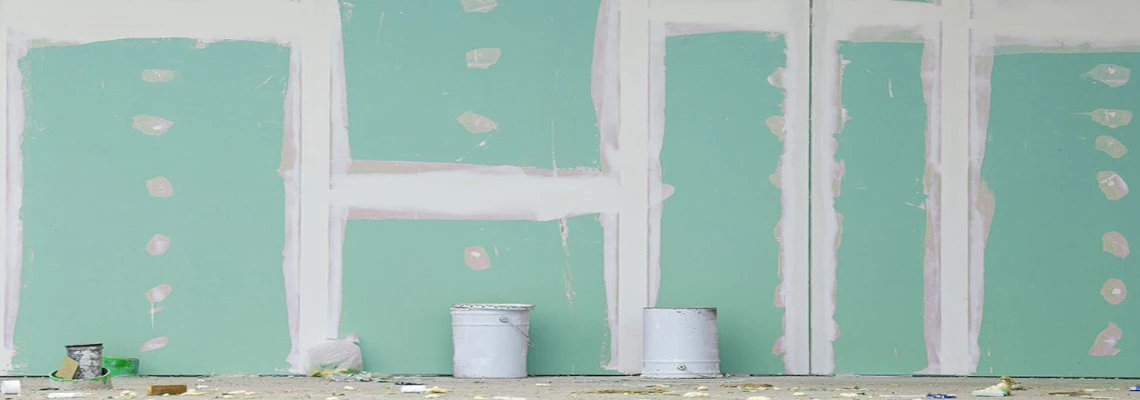
REAL BENEFITS OF MOISTURE RESISTANT PLASTERBOARD*
Water resistant is very different from waterproof. If you’re confused about the difference between the terms “water-resistant” and “waterproof,” don’t worry, you’re in a good place. Mixing those two terms can be expensive and unpleasant, especially if the air humidity reaches 85% for 12 hours a day. In this article we will look at the 3 reasons why it is worth using moisture resistant plasterboard in a first place.
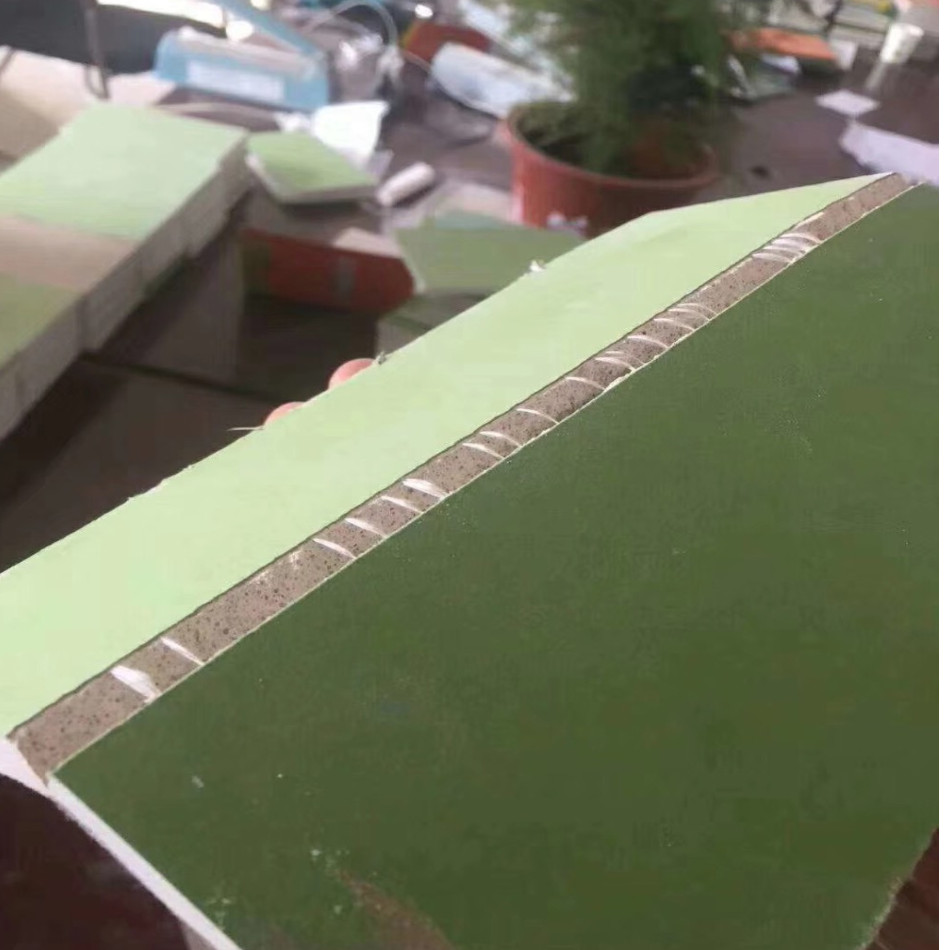
WHAT IS MOISTURE RESISTANT PLASTERBOARD?
Moisture resistant plasterboard goes by many names such as moisture panel, tanking board, aqua board, green board or moisture board. Ok, but what is actually a moisture resistant plasterboard?
In general terms, moisture resistant plasterboard is nothing but a green paper front facing gypsum board that contains core additives to repel moisture. Board is manufactured to withstand moist and humid conditions. Therefore it can come into contact with water without being damaged. In fact, its water absorption when tested to EN520, should not exceed more than 5%. For the purposes of identification, these boards are designated Type H1, H2 and H3 with different water absorption performance.
Good quality moisture plasterboard should achieve H1 water absorption standard and be able to provide a stable base for tiling or plastering. Most of the moisture resistant plasterboards available in the UK achieve H1 water absorption. Green moisture resistant plasterboard comes with the option of either tapered edge or square edge on the long edges and has short edges sawn straight.
WHERE SHOULD I USE MOISTURE RESISTANT PLASTERBOARD?
Moisture panel is mainly used in rooms where the air humidity reaches 85% for 12 hours a day. Moisture resistant plasterboard is often used in locations which have higher levels of moisture, such as bathrooms, utility rooms and kitchens. Moisture Resistant products are not recommended for use in saunas, swimming pool enclosures or areas continuously exposed to excessive high humidity. You also shouldn't be using moisture resistant plasterboard around the shower. For shower you should be using waterproof board called tile backer.
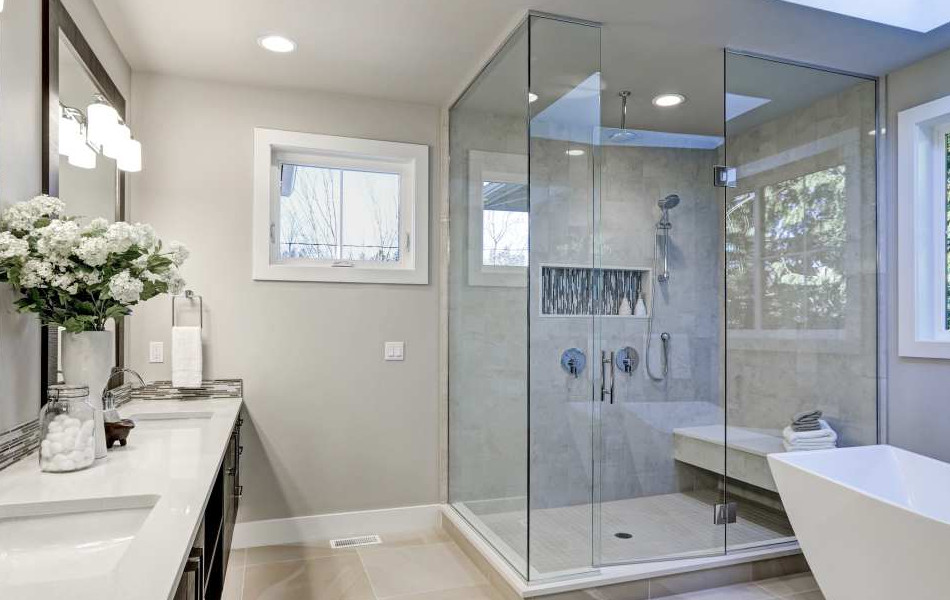
HOW MUCH MOISTURE RESISTANT PLASTERBOARD COST?
Moisture resistant plasterboard does tend to cost 30% more than standard plasterboard, but it has extra value. It is manufactured by well known companies such as Knauf, Siniat and British Gypsum. Depending on your supplier location, moisture plasterboard price may vary but generally speaking the average cost of a board is £16.70 per 8x4 size sheet which results in £5.79 per m2.
WHERE CAN I BUY MOISTURE RESISTANT PLASTERBOARD?
There are plenty of water resistant plasterboards at your local home store such as Wickes, Selco, Homebase, Travis Perkins or Screwfix. Like them, we are also a good place to buy moisture panels because products come to you directly from the manufacturer without involving middlemen. You can also visit our online insulation shop and wait for plasterboards to be delivered to your doorstep. We stock thicknesses 12.5mm and 15mm, with both coming in the standard size of 2400mm x 1200mm (8”x4”) and having a tapered edge.
WHAT IS THE MOISTURE RESISTANCE SERVICE LIFE?
Moisture resistant plasterboard is expected to last the service life of a building (60 years). This assumes that the product will last in situ with no requirements for maintenance, repair, replacement or refurbishment throughout this period.
CAN MOISTURE RESISTANT PLASTERBOARD BE SKIMMED?
It is indeed possible to skim moisture-resistant plasterboard. It is recommended that a bonding agent is used before starting the skimming process. In fact, most of the plasterers in the building industry believe that it is easier just to skim directly onto the moisture-resistant plasterboard. However, if you plaster onto a moisture resistant board and you haven’t done priming or adhision layer, it will mean that it can shell off and then you find that there’s whole areas of the moisture resistant falling off.
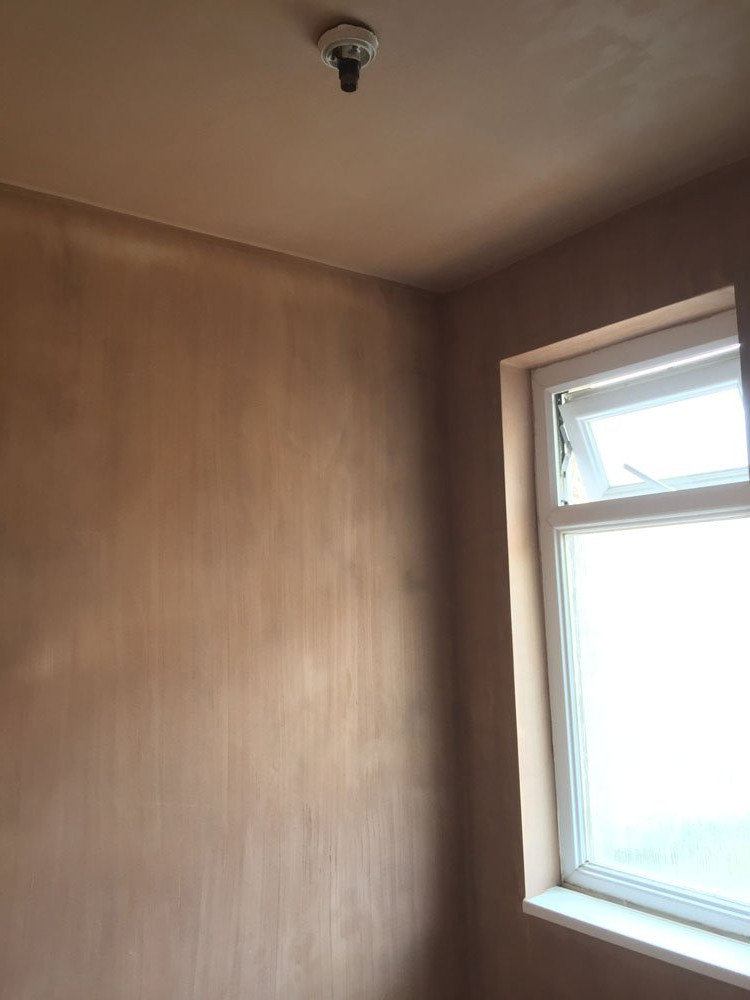
CAN I USE MOISTURE RESISTANT PLASTERBOARD TO INSULATE DAMP?
The answer is no. The moisture resistant plasterboard is unsuitable for use in areas subject to continuously damp or humid conditions and must not be used to isolate dampness. Moisture resistant plasterboard does not stop the reasons for moisture in the first place, such as problems with penetrating damp, a water leak or even condensation problems.
MOISTURE PLASTERBOARD INSTALLATION METHODS
There are 2 main techniques of fixing moisture plasterboard to the wall. First one, and not recommended one is the standard timber or steel frame method. This technique requires plasterboard screws, plasterboard wall plugs or other fixings in order to be ready to finish. Other techniques called 'Dot and Dab' require nothing but plasterboard adhesive. There are no physical holes left after this installation. Therefore there is no chance of destroying the plasterboard waterproof barrier. Sheet stays originally flat with the waterproof paper coating intact. This method uses either British Gypsum Adhesive or Knauf Plasterboard Adhesive.
Generally speaking, Dot & Dab methods tend to be 3 times faster to install as it takes between three and six hours to set, which means you could carry out jointing or skimming the same day. In contrast, plaster takes two to three days to dry. In order to calculate how much plasterboard adhesive you will need for the dot & dab method, it is important to note that dabs have to be 50mm and 75mm wide and around 250mm long and 10mm thick. For each board, three vertical rows are required where each dab should be 6 to 8 inches below the last one. For example, one 25kg bag of plasterboard adhesive will be enough for 1,5-2 boards.
The average time needed to install moisture resistant plasterboard manually is 1 minute and 24sec (considered 3 workers). To find out what are the best techniques to cut moisture plasterboard click here. For more info on how to Dot&Dab green plasterboard click here.
3✔ GOLDEN REASONS WHY IS WORTH TO USE MOISTURE RESISTANT PLASTERBOARD
1. MOISTURE RESISTANT PLASTERBOARD DOES NOT BECOME SOFT
Moisture resistant plasterboard is not necessarily the same thing as normal plasterboard. Unlike normal drywall products, moisture resistant plasterboard never becomes discoloured, soft, never cracks or collapses.
2. MOISTURE RESISTANT PLASTERBOARD SLOWS WATER DAMAGE AND REDUCES THE RISK OF MOULD.
It is worth mentioning that moisture resistant only improves protection but is not necessarily a 100% waterproof product. The green plasterboard finish creates a barrier that keeps water from soaking into the core.
Therefore it slows water damage. In other words, water cannot seep through the seal for some period of time. However, after a period of exposure, water will either soak the item or seep through.
Being water repellent, it absorbs less than 5% of water, stops humidity getting in to ward off mould and helps protect the structure of the building.
3. MOISTURE PLASTERBOARD HELPS PROTECT THE STRUCTURE OF THE BUILDING
It's no secret to say that moisture is a structural nightmare. That is where green plasterboard takes its place. MR plasterboard consists of an aerated gypsum core. It means the board is manufactured in a process by which air is circulated through, mixed with and dissolved in a substance such as glass fibre, starch, foam, dispersants, silicone and wax. Therefore water-resistant construction plasterboard is ideal for places such as the bathroom or wetroom as it does not deteriorate if it absorbs moisture. Instead, it creates a water-resistant structure. Being extremely versatile, green plasterboard can be used on walls and ceilings. So again, if you want your wetroom to last, then a water-resistant plasterboard should be used in combination with other waterproofing products.
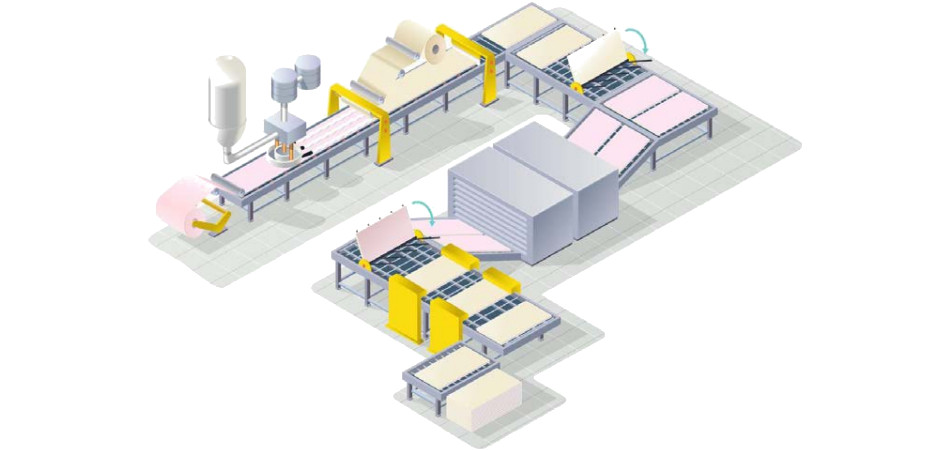
Picture credit:saimaxx.com
Plasterboards are not suitable for use in temperatures above 49°C, but can be subjected to freezing conditions without risk of damage.
Related articles:
Best ways to cut plasterboard.
How to Dot and Dab plasterboard
How to install insulated plasterboard
How to prevent window condensation
*All the information provided in the content published on Insulationgo blog is for informational and educational purposes only. Insulationgo LTD makes every effort to ensure the accuracy and timeliness of the content, but we do not assume any responsibility for any errors or omissions.
The information presented on this blog should not be considered as professional advice or a substitute for consulting relevant experts. Before making any purchase decisions or taking action based on the information presented here, it is strongly recommended to contact the product manufacturer directly to verify the details and ensure its suitability for your specific needs.
By using this blog, you acknowledge and agree that Insulationgo LTD shall not be held liable for any damages, losses, or inconveniences arising from the use or reliance on the information provided herein. This limitation of liability applies to all users of the blog, including but not limited to visitors, readers, and subscribers.










































































































